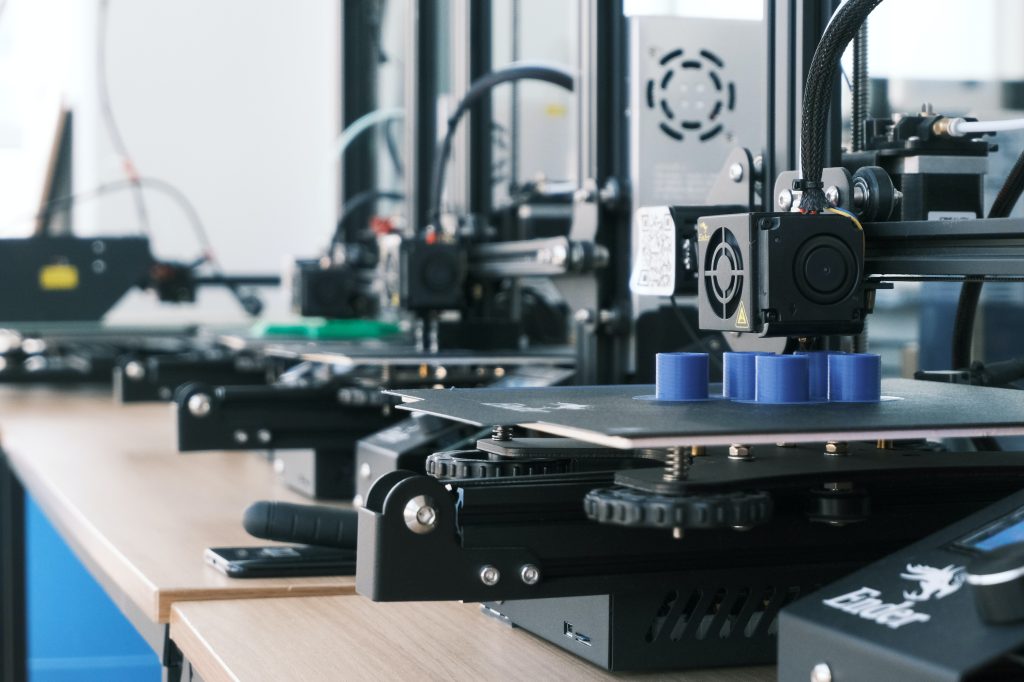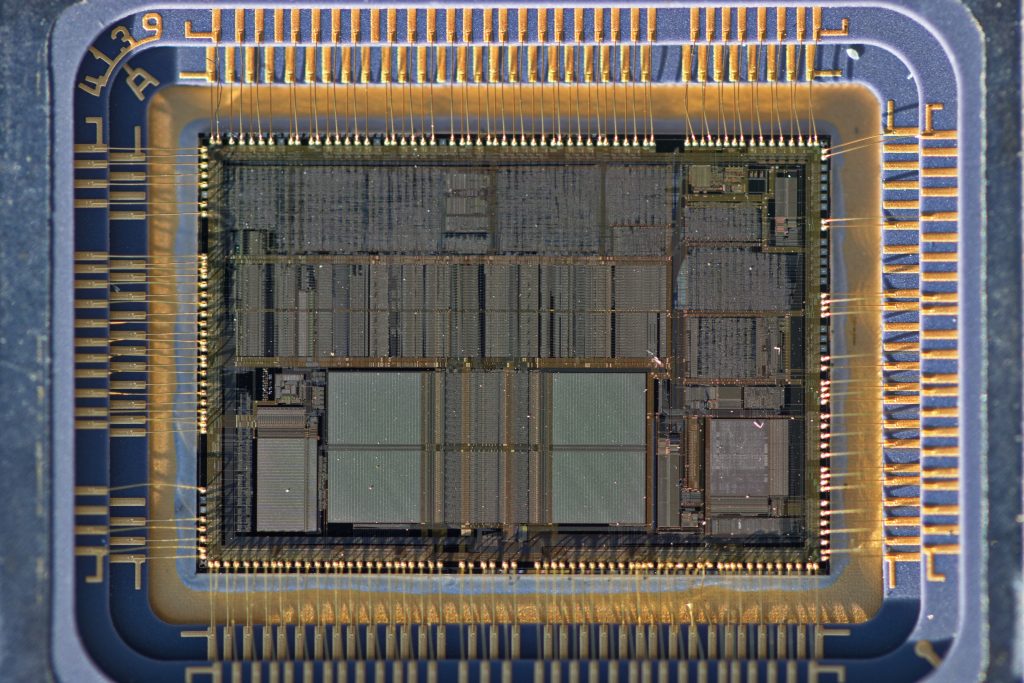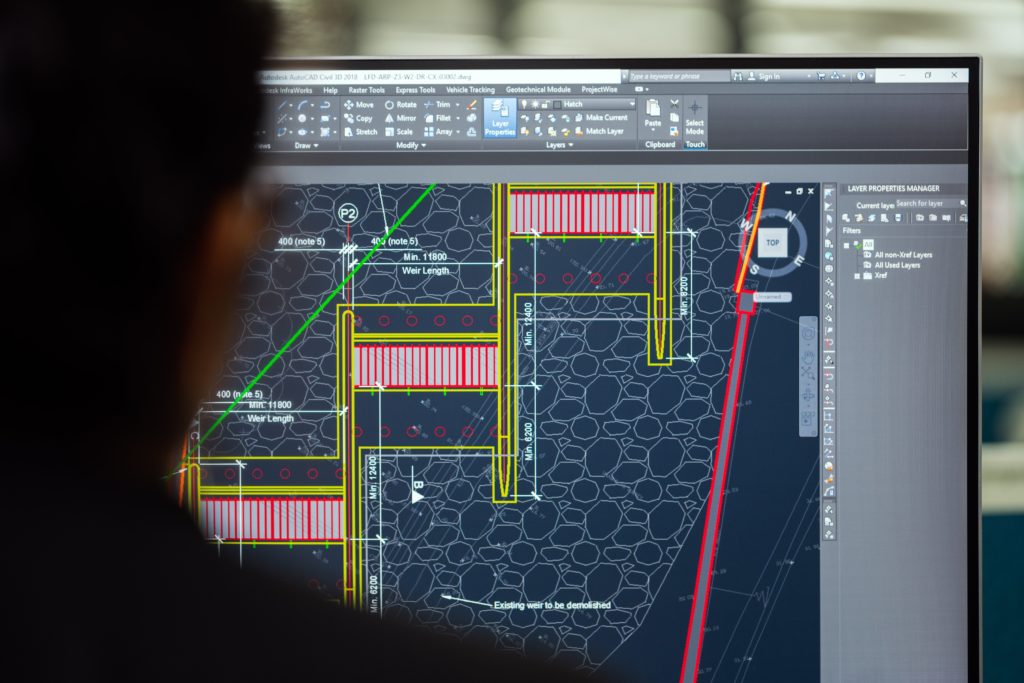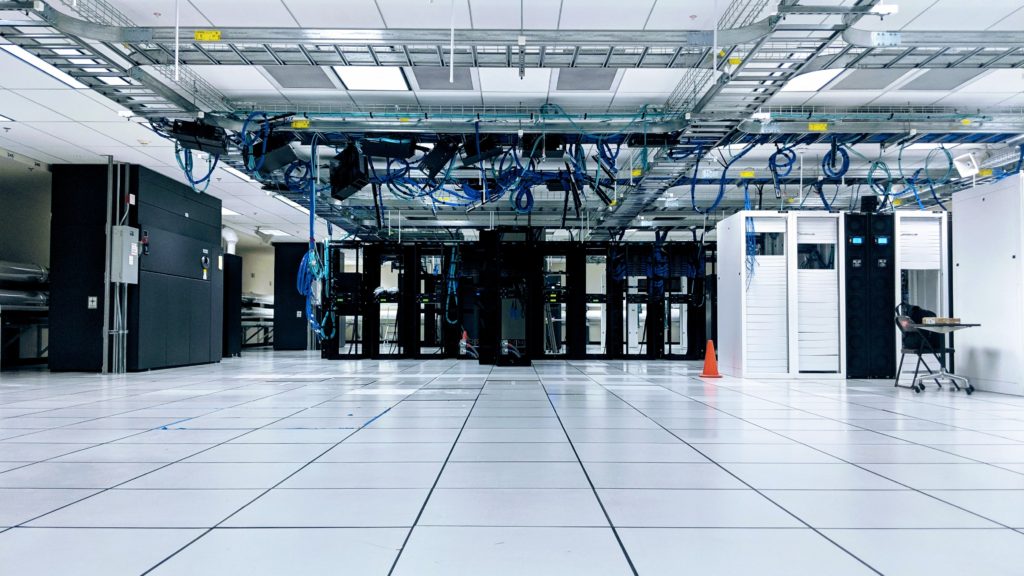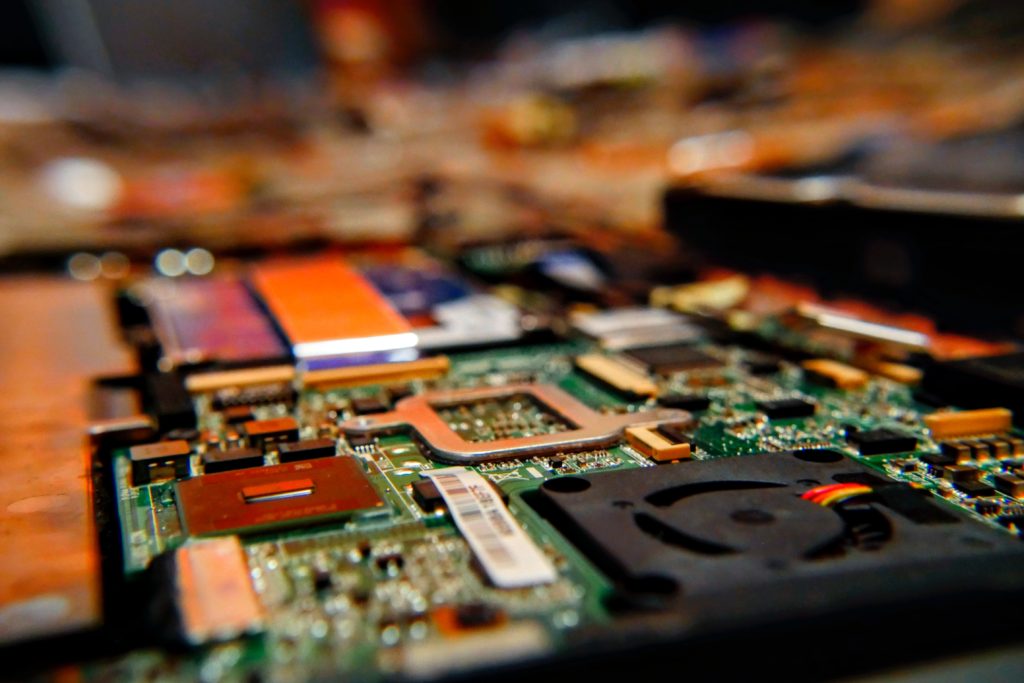Photo by Minku Kang on Unsplash
Semiconductor production is a complex process requiring much precision and accuracy. It has been an integral part of the electronics industry for decades, and its importance only increases as technology advances.
The production of semiconductors involves many steps and requires highly specialized equipment and techniques. A raw silicon wafer is placed on a wafer carrier and heated in an oven. This heating process helps to create the necessary electrical properties for the semiconductor devices.
Production: Semiconductor Production Is A Complex Process Requiring Much Precision And Accuracy.
Challenges: Semiconductor Industry Faces Several Challenges, Such As Cost, Quality Control, And Environmental Impact.
Once the wafer is heated, it is etched to form the desired circuit patterns. After etching, the wafer gets exposed to chemicals that deposit various materials onto the surface of the wafer. These materials are then patterned with photolithography to create transistors, resistors, and other components. Finally, the wafer gets cleaned.
The semiconductor production process faces many challenges, such as cost, quality control, and environmental impact. As the industry continues to grow, these challenges will need to get addressed to ensure that semiconductor production’s future remains viable. Additionally, new technologies are getting developed that could significantly impact how semiconductors will get fabricated.

The semiconductor industry is increasingly using prediction tools to anticipate potential problems and can proactively take measures. Additionally, regular equipment maintenance is necessary for efficient production, which is possible only by tracking day-to-day equipment usage.
Using simulation and prediction tools, companies can identify potential issues before they occur, allowing them to take corrective action in time. Regular equipment maintenance ensures the machines are running at optimal performance levels and reduces the risk of unexpected downtime. Thus, with proper management, semiconductor manufacturing can be efficient and cost-effective.
Simulation: Using Simulation And Prediction Tools, Companies Can Identify Potential Issues Before They Occur.
Cost: Semiconductor Companies Have To Adopt Techniques To Lower The Cost Of Production.
As technology advances, so does the need for more efficient and cost-effective semiconductor production. Semiconductor companies are investing heavily in research and development to create new processes and materials that can benefit semiconductor production. It includes developing new materials for chip fabrication and exploring ways to reduce costs associated with production.
Additionally, companies are looking into ways to increase efficiency by automating certain aspects of production. By doing so, they can reduce costs while still producing high-quality products. The future of semiconductor production looks bright as companies continue to invest in research and development to stay ahead of the competition.
